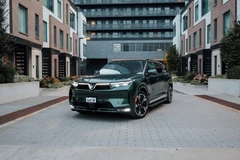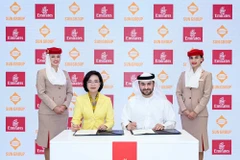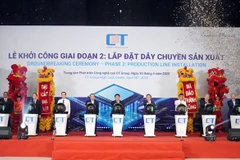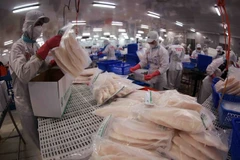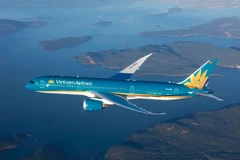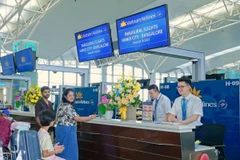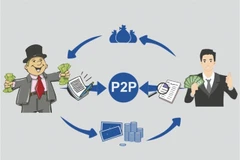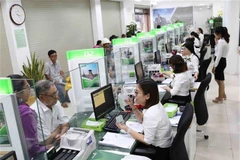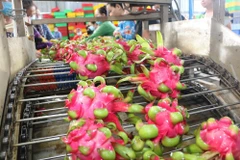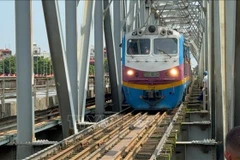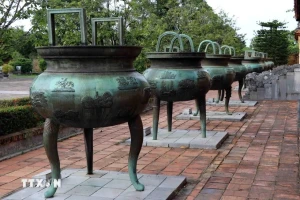Phan The Rue, chairman of the Vietnam Retail Association, said at theevent, organised by the Vietnam Chamber of Commerce and Industry, thatthe world market is predicted to undergo slow growth next year due toeconomic downturn in the US and Europe as well as social instability inother countries around the world. Emerging economies, including those inAsia , have been faced with high inflation and low economic growthrates compared to 2010.
These factors will affect the domestic economy as well as the retail market next year, Rue said.
In addition, the Government will continue controlling the macro-economyand inflation to boost production and ensure social security, he noted.
To achieve macroeconomic stability, both the scale andgrowth rate of the local retail market will have to be kept in check, headded.
With the market dependent on macro-economicdevelopment, price stability and the relationship between supply anddemand will in turn depend on the price of essential, Governmentcontrolled products such as electricity, coal, petrol and oil.
The high price of import materials will continue affecting customerswhile real incomes reduce, Rue said, adding that competition betweenforeign and local retailers is also expected to remain low next year.
Nguyen Thai Dung, deputy general director of the Big C SupermarketTrading and Service Ltd Company, said that high inflation has erodedpurchasing power while saving trends have affected consumption.
Consumption growth, following deducted price factors, was 14 percent in2010 and only 4 percent in 2011, making forecasts for 2012 dismal, hesaid.
Inflation, along with increased interest rates,unstable exchange rates between the US dollar and Vietnamese dong,fluctuations in gold prices, a lack of capital, stagnating production,and unemployment have all affected consumer confidence.
"Small retailers in Vietnam managed to cope well with these challenges this year," Rue said.
He added that the local retail sector still has problems to address,including the quality of goods as well as difficulties in controllingfood prices, hygiene and safety.
Enterprises experiencedprice increases without improvement to quality while failing to declareor list prices sufficiently. In addition, trade fraud has grown.
The country currently has around 600 modern retail supermarkets andshopping centres alongside around 9,000 traditional markets. Foreignretail enterprises have been allowed to promote their businessactivities on the local market since 2009.
According tothe ranking of global retail markets (GRDI) by AT Kearny, in 2008,Vietnam 's market was the most attractive globally amongst foreigndistributors. Since then, the local market has fallen to sixth place in2009 and 14th in 2010.
Pham Tat Thang, a representativefrom the Trade Research Institute at the Ministry of Industry and Trade,said that the domestic management system and complicated trade barriersare to blame and not market supply and demand factors.
Heexpected the average retail market growth rate to remain at 23 percent -25 percent per year until 2015 with the Vietnamese market developinginto one of the hottest in the world.
"The country'sretail market will become an increasing target for foreign distributorsonce unnecessary barriers are removed," Thang said. /.




